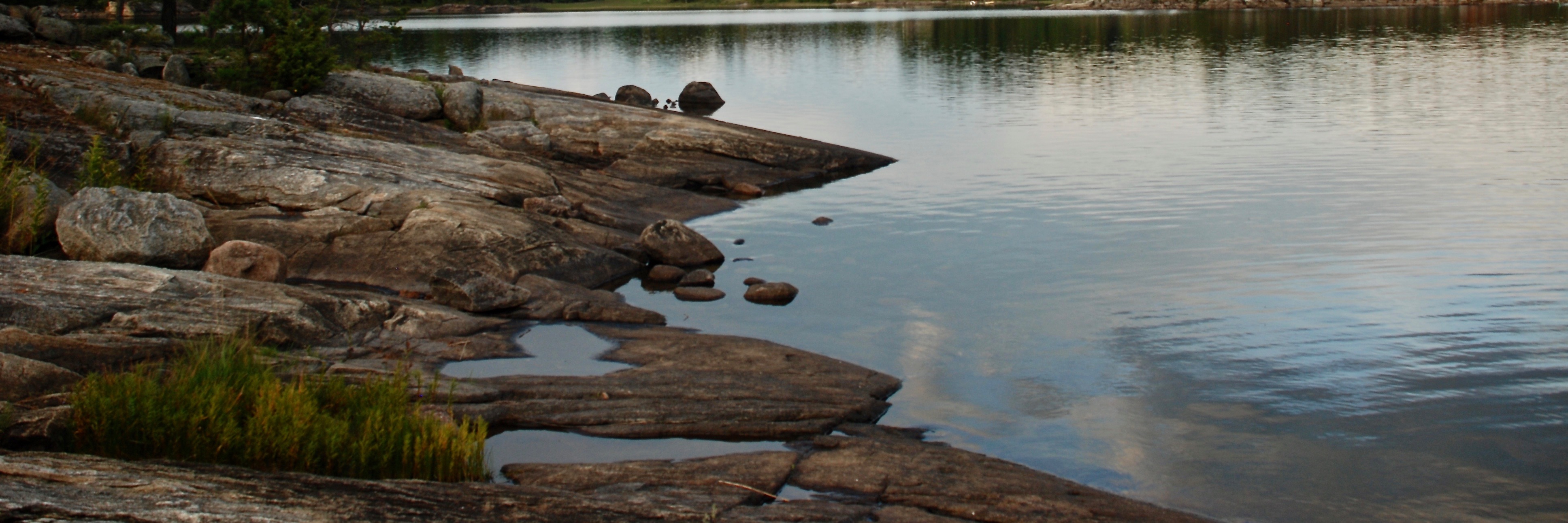Samotiri
The largest island in the Dreki Sea, Samotiri was once the home of a thriving group of people, who colonised the island far back in the Nomadic Era and formed some of the first permanent communities in Turoza there, long before the more decisive period of settlement that sparked the beginning of the Settlement Era. The people of Samotiri have long since disappeared, with any memory of them long since forgotten, and their settlements are now no more than ruins that have been subsumed and swallowed by the forest that have now almost completely regained control of the island once more. Whatever the disaster that afflicted the people that once lived on Samotiri, the truth is not entirely known. Folk-tales drawn from the communities that surround the Dreki Sea, speak of a great plague that affected the island’s people and that presumably wiped out the entire population. Though the facts are far from straight, what is known is that out of the groups of people who have subsequently landed on the island over the centuries, either looking to colonise Samotiri, or find long lost riches, none have returned.
Geography
The terrain of Samotiri is relatively flat, with few areas of high ground, and no significantly elevated areas. The coastline of the island is predominantly comprised of a smooth slope down to the waters of the Dreki Sea, with a strip of sandy beach acting as the direct transition between the island and the sea. There are no rivers or lakes on the island, though there are numerous ponds that are either permanently fed by natural springs, or are semi-permanent and rely on regular rainfall to keep themselves established.
Fauna & Flora
The majority of the island of Samotiri is covered in a temperate, deciduous based woodland. This woodland is not particularly dense, and there are a number of clearings and areas of meadow that have been allowed to establish themselves in amongst the trees. Many of these areas that have now become woodland meadows and clearings, were once the sites of ancient settlements, now long ruined, or had at one time been cleared for use as fields. This agricultural heritage is still represented in these woodland clearings, where varieties of, now wild, wheat, barley and other cereals still grow amongst the woodland species that have moved in around them.
Samotiri’s ancient agricultural has also left its mark on the animal population of the island, as there are stable populations of cattle and goats on the island, both of which would now most certainly be classified as wild or feral. Whilst the goats have remained consistent in size to those that would be found on the mainland, Samotiri cattle are much smaller than their mainland counterparts, and have shrunk over the centuries to be little larger than the goats that they share the island with. Presumably this adaptation has occurred to enable to animals to survive on the potentially limited source of food on the island, which would not be able to sustain large, unregulated herds of normal-sized cattle. Other than these two feral species, there are no large mammals on the island. There are supplies of fish in and around the coast of Samotiri, just as there are in the Dreki Sea at large, but few people actually approach the island to fish, as almost all of the fishermen who live on the shores of the sea claim that fish caught in the waters immediately surrounding the island have poisoned flesh.




Comments